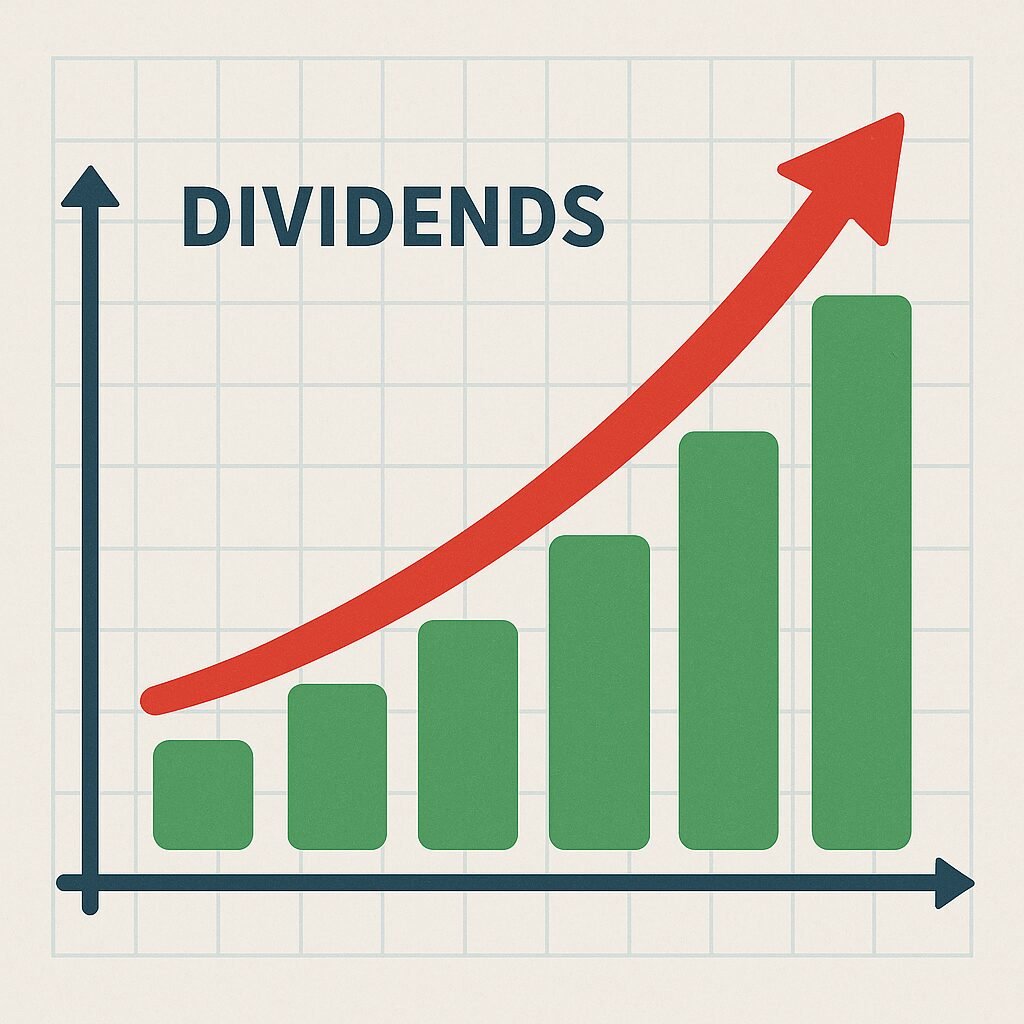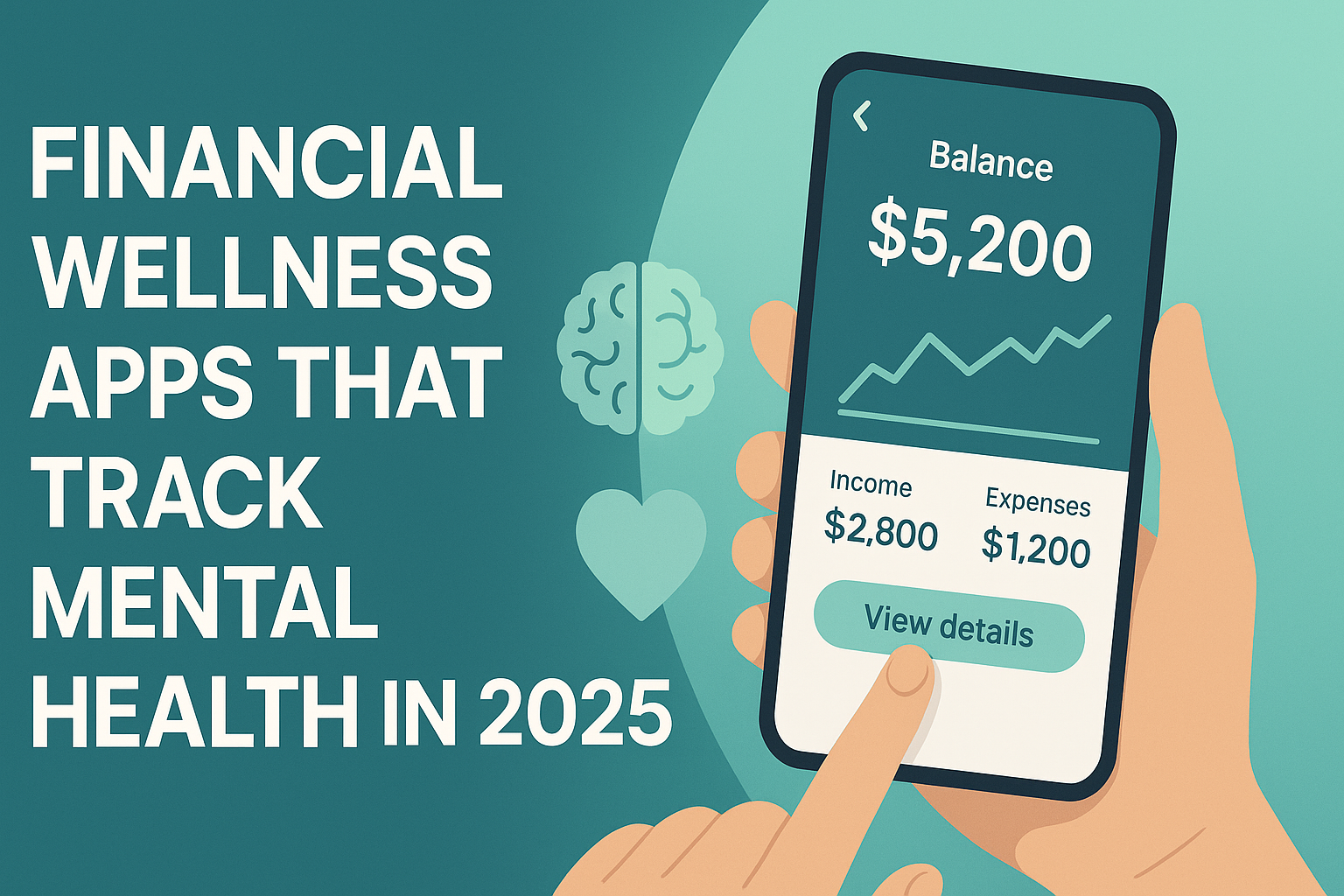Looking for financial peace of mind? Here’s why this “boring” ETF could quietly become your most powerful ally.
When it comes to building wealth slowly and steadily, few tools beat the power of dividends. But here’s the thing: not all dividend investments are created equal. While flashy high yields grab headlines, they often come with higher risk. If you’re looking for an ETF that quietly grows your income year after year—without giving you heartburn during market downturns—the Vanguard Dividend Appreciation ETF (VIG) might be exactly what you need.
Let’s unpack what makes this fund so reliable and why it deserves a spot in your long-term game plan.
Why This Strategy Matters in 2025
We’re living in unpredictable times. Interest rates are still high, inflation isn’t quite out of the picture, and investors are thinking twice before taking on unnecessary risk. In this environment, having an investment that steadily grows your income—and doesn’t scare you with sudden drops—is a big win.
That’s where dividend growth ETFs like VIG come in. While many dividend funds chase the highest yields, VIG takes a different approach: it only includes companies that have increased their dividends every year for at least a decade. That’s a sign of real strength and consistency—not just a lucky streak.
What Makes VIG Different
Unlike some ETFs that include any company offering a dividend, VIG is picky. It screens out the highest-yielding 25% of stocks—the ones most likely to cut dividends when times get tough. That means you’re investing in businesses with strong financials, stable cash flow, and a real track record of rewarding shareholders.
Let’s say you’re holding $50,000 in VIG inside a retirement account. The current yield is around 1.7%, which might not sound exciting at first glance. But here’s the kicker: those dividends tend to grow every year. So instead of getting a flat payout like you would with a bond, your income increases over time—and that makes a huge difference down the road.

What This Means for Homeowners
If you’re a homeowner—especially if you’ve already paid off your mortgage or have a fixed-rate loan—you might be wondering where to put your extra cash. You want it to grow, but you also want stability.
VIG is a great place to park money you don’t need right away. It won’t skyrocket like a tech stock, but it will reward you steadily. It’s especially appealing for older homeowners who are planning for retirement income or looking to offset rising property taxes and home maintenance costs over the years.
What This Means for Everyday Investors
One of the best things about VIG is that it works for almost anyone:
- If you’re young and just getting started, it’s a set-it-and-forget-it investment that teaches you the power of compounding.
- If you’re mid-career, it gives you a growing source of income that doesn’t require you to chase risky assets.
- And if you’re already in retirement, those reliable dividends can help you cover living expenses without dipping too much into your principal.
Compared to other funds like SCHD or NOBL, which focus more on yield, VIG prioritizes growth and quality. Over the past 10 years, this approach has helped it quietly outperform in total returns—even with a lower yield.
What This Means in the Broader Economy
With consumer confidence still fragile and wage growth slowing, many Americans are looking for ways to supplement their income without increasing their risk. Dividend growth ETFs provide a middle ground between aggressive investing and playing it too safe.
The companies in VIG—think Microsoft, PepsiCo, Johnson & Johnson—are leaders in their fields. They know how to weather storms, raise prices when needed, and keep customers coming back. That kind of pricing power is what allows them to increase dividends year after year.

Practical Tips to Use VIG Wisely
Here’s how to make the most of this ETF, whether you’re new to investing or already have a portfolio:
- Skip the temptation to chase yield. A 4% dividend that gets cut next year is worse than a 1.7% dividend that grows.
- Use VIG in retirement accounts. It’s tax-efficient and ideal for long-term compounding.
- Pair VIG with higher-yield funds. Want more income today? Combine it with a fund like SCHD for balance.
- Reinvest your dividends. Let them compound automatically—you’ll thank yourself later.
- Ignore the noise. VIG won’t make headlines, but it’ll quietly work for you every quarter.
Why VIG Could Be a Long-Term Winner
Investing doesn’t have to be complicated. It just needs to be consistent.
The Vanguard Dividend Appreciation ETF isn’t the flashiest option out there—but it’s one of the most dependable. It rewards patience. It builds wealth quietly. And in a world full of financial noise, that kind of calm is priceless.

Want More Income That Grows With You?
If you’re looking for smart, simple ways to build passive income for life, stick around. The Evolving Post is your guide to practical money moves that fit your life—not Wall Street hype.
Disclaimer: This article is for informational purposes only and should not be considered financial advice. Please consult a professional before making financial decisions.







